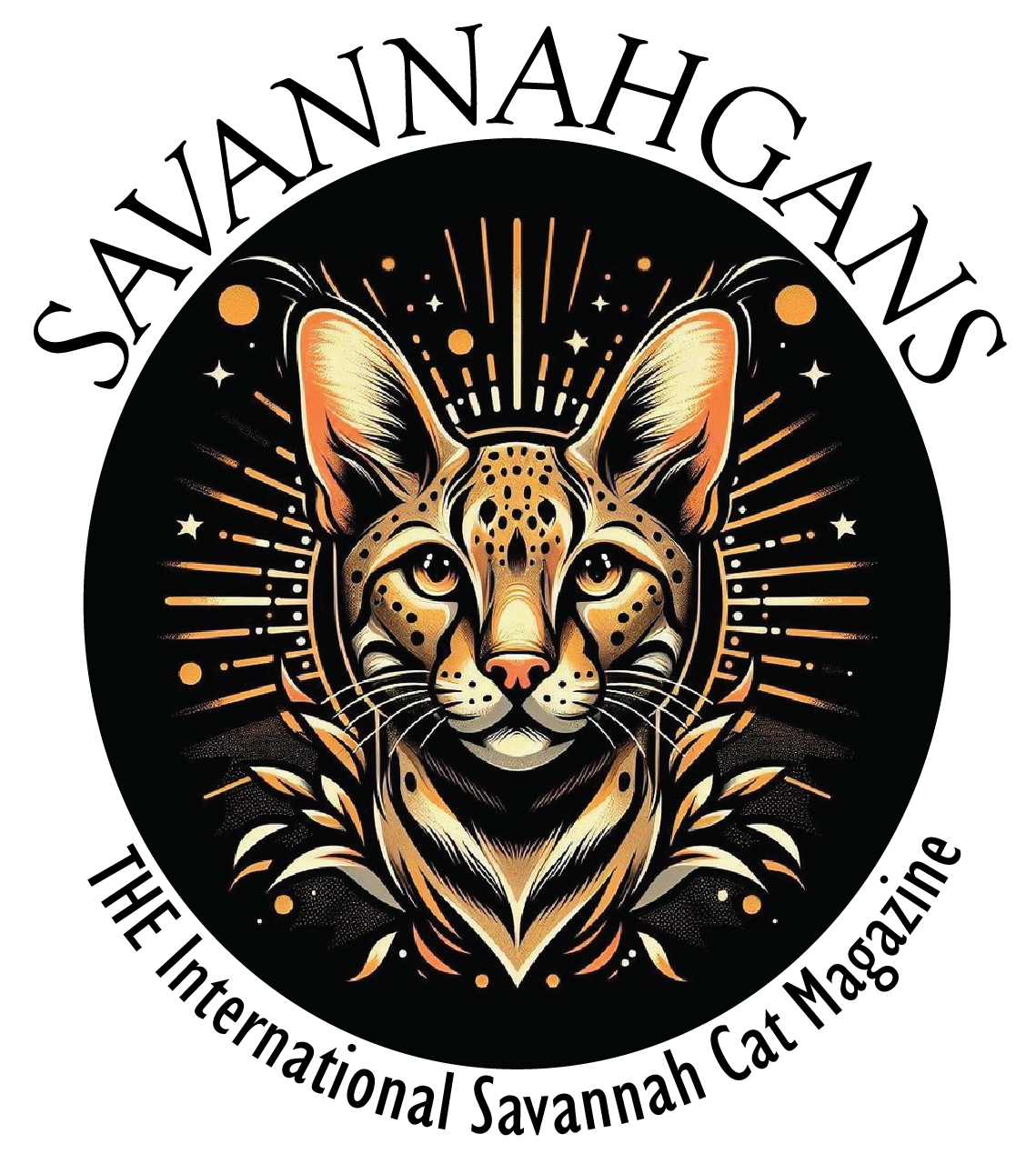An Interview About Feline Hypertrophic Cardiomyopathy (HCM)
Dr. David Bostwick DVM, MS, DACVIM (SAIM)Veterinary Specialist
Missoula Veterinary Specialty Clinic
Missoula Montana
Feline Hypertrophic Cardiomyopathy (HCM) is the most commonly diagnosed cardiac disease in cats. HCM is a condition that causes the muscular walls of a cat's heart to thicken, decreasing the heart's efficiency and sometimes creating symptoms in other parts of the body.
1. How does a cat become diagnosed with HCM? Is it thought to have a genetic component? Or could some diagnoses be due to a virus, such as humans can acquire?
The diagnosis is through echocardiography by measuring the thickness of the left ventricular walls (typically full relaxation time). Cats with HCM have thickening of one (asymmetric) or both (symmetric) walls. There may or may not be enlargement of the left atrium, depending on whether the thickening is causing impaired flow through the ventricle into the aorta.
Yes, it's genetic to some degree. Most purebred cats are known to have an increased incidence, and it's proven in Maine Coon cats, where there's a genetic test available (WSU) to look for cats with both genes or just one positive gene. To my knowledge, that's the only breed where genetic testing is available, as it's the only cat breed where the genetic defect is explicitly elucidated.
It's also generally a male-oriented disease, suggesting a genetic component (we do see females, but not as frequently).
Although genetic and, therefore, congenital, cats aren't born with thickened ventricles. Thickening happens over time and can occur by two years of age or sometimes not until 10-12 years, meaning that screening cats with echo at a young age doesn't guarantee they won't develop the disease.
2. What are the most obvious symptoms to watch for in HCM?
Unfortunately, this disease has no premonitory symptoms until either the cat goes into congestive heart failure "CHF" ( shortness of breath) or throws a blood clot down the aorta. Generally, clots plug up one or both back legs and occasionally the right front leg but rarely go down the left front leg due to the acute angle of the left subclavian artery coming off the aorta. Many cats initially limp on one leg, and people assume it's a "sprain"--until the big one hits. Interestingly, cats don't cough when they're in CHF; they develop acute (pulmonary edema) or progressive (pleural effusion) shortness of breath.
It's also unfortunate that many cats with this disease, even severe disease, don't have abnormalities when listening to the heart. Murmurs and gallop rhythms are the most common "symptom" heard by a vet. Unlike dogs, any cat with a murmur should have a full evaluation to determine the cause and significance.
3. What type of treatment is available to cats diagnosed with HCM? Examples of medications and medical intervention? In other words, how can such a grim diagnosis best be managed?
Not all cats with HCM need treatment at the time of diagnosis. No drug can prevent Congestive Heart Failure (CHF) in cats with HCM, nor can any drug prolong survival after CHF, except diuretics. That said, the two most common medications used in asymptomatic cats are "diltiazem" and "atenolol." Which drug depends on which side of the country the vet studied. Most west-coasters use atenolol, while east-coasters use diltiazem. Both slow the heart rate and relax the thickened musculature to allow blood to flow through better. Again, neither of these drugs has been proven to help with the disease statistically.
After heart failure, vets use a myriad of drugs, depending on the type of CHF. Diuretics are the mainstay, but vasodilators are used in most cases. Again these don't prolong survival compared to diuretics alone.
The main drugs that can help are anticoagulants, which prevent clots from developing or recurring in asymptomatic cats IF the left atrium is enlarged and at risk of throwing a clot. "Aspirin" is often used in low-doses, but "Plavix" is considered the drug of choice for prevention due to an extensive study on aortic embolization (FATCAT study). If a clot exists, "warfarin" can be used, as it is in humans.
During a clotting event, clot lysers such as "streptokinase" and "TPA" haven't increased recovery rates. Euthanization takes place with many cats with clots due to the misconception they won't recover, which isn't always true, as we can get many cats over the acute clot crisis. However, recurrence is always a big concern.
BEFORE YOU GO, WE NEED YOUR HELP TO MOVE UP THE RANKS ON GOOGLE!
Help SAVANNAHGANS® Grow and Reach Every Savannah Cat-Owning Household! All support is humbly appreciated (visit the clickable underlined links).
Subscribe (free) (by visiting the banner on our home page) and receive each quarterly issue to your inbox.
Share this article on your own social media platforms.
Leave a Comment. (this is VERY helpful to our growth and Google recognition)
Follow on Instagram.
Follow on Twitter.
Follow on Pinterest.
Follow on Youtube.

